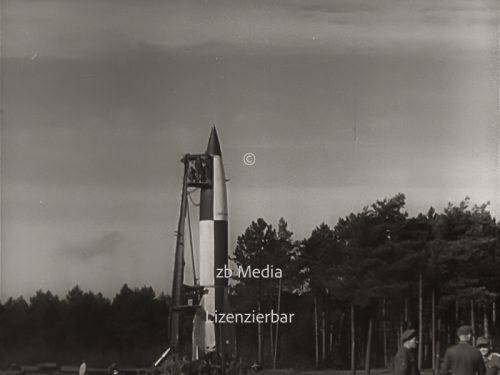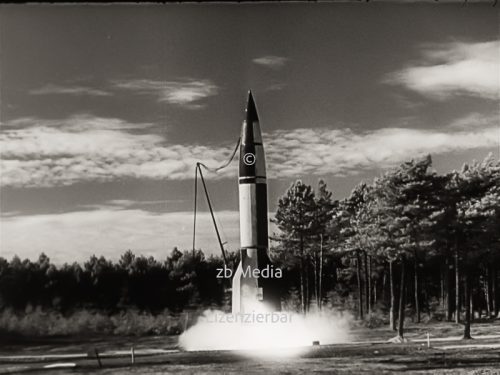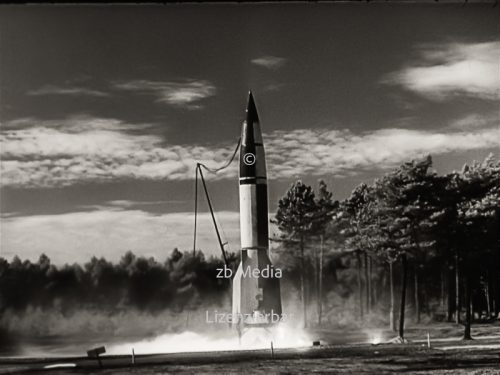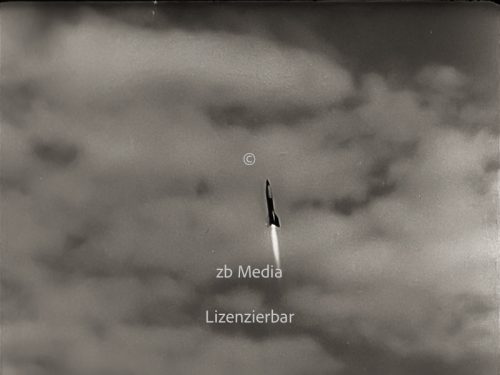Anne and Charles Lindbergh 1933, Original size of the photo: 5680×4200, Photographer: Unknown,Rights: © Stephan Bleek / zb Media
Anne and Charles Lindbergh 1933
Description
Anne and Charles Lindbergh 1933, original size of the photo: 5680×4200, photographer: unknown,rights: © Stephan Bleek / zb Media
In 1933, Anne and Charles Lindbergh undertook an ambitious and historic journey that made an important contribution to the study of aviation and international air travel. Here you will find the most important details about their expedition in 1933:
The journey of Anne and Charles Lindbergh in 1933
Purpose of the expedition:
The main aim was to explore possible international flight routes and collect meteorological data to support the development of commercial aviation. They were particularly interested in exploring flight routes over the North Atlantic, Europe, Asia and the Pacific.
The Lindberghs used a Lockheed Model 8 Sirius, a single-engine monoplane that was specially modified for their trip.
The aircraft was named “Tingmissartoq”, which means “one who flies like a big bird” in the Inuit language.
The journey began in North America, where the couple flew via Canada to Greenland.
They continued across the North Atlantic to Iceland and then to Europe, where they stopped in various countries such as Denmark, Germany, the Soviet Union and England. The route continued to Asia, where they flew over Siberia, to China and finally to the Philippines. From the Philippines, they crossed the Pacific with stopovers in Guam and Midway Island before reaching Hawaii.
The final leg of their journey took them back to the United States, where they landed in San Francisco.
The journey covered more than 30,000 miles and included many pioneering flights over previously unknown or rarely flown regions.
The Lindberghs collected valuable data on weather conditions, possible flight routes and navigational challenges.
Their observations and reports contributed to the further development of long-haul air travel and the later establishment of commercial flight routes.
The Lindberghs faced numerous challenges, including bad weather, mechanical problems and navigating in remote areas with limited communications.
Despite these obstacles, they successfully completed the journey, demonstrating their resilience and aviation expertise.
Anne Morrow Lindbergh documented their journey in her book “North to the Orient”, which contains a detailed account of her experiences and findings during the expedition.
The Lindberghs’ journey in 1933 was a significant milestone in the history of aviation, as it proved the feasibility of long-haul flights and contributed to the knowledge needed to develop international flight routes.
Anne and Charles Lindbergh’s 1933 expedition remains a significant achievement in the annals of aviation history, demonstrating their pioneering spirit and the crucial role they played in advancing aviation.






